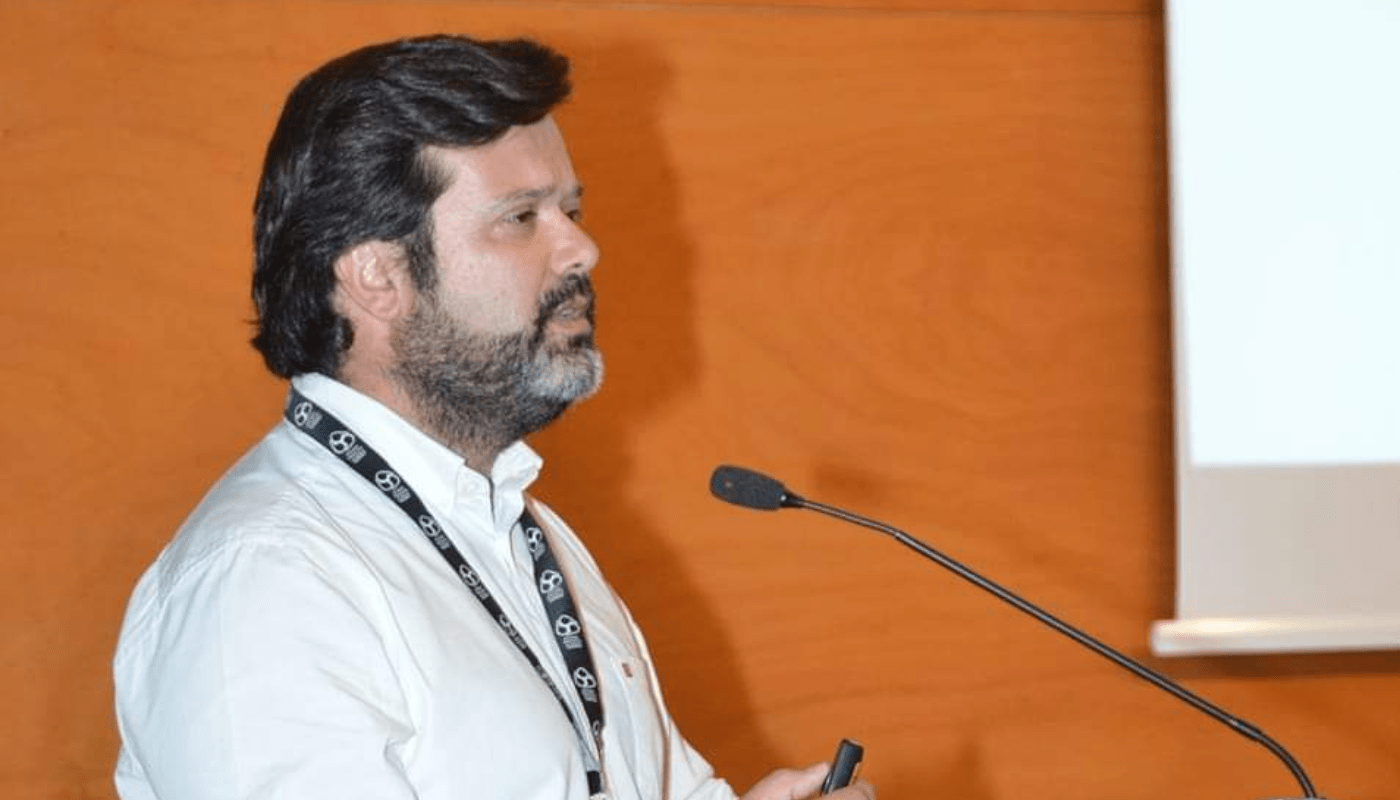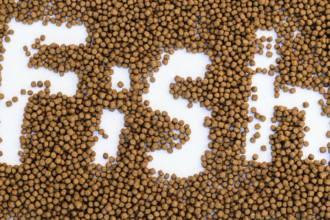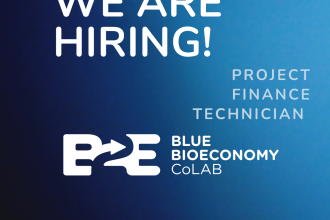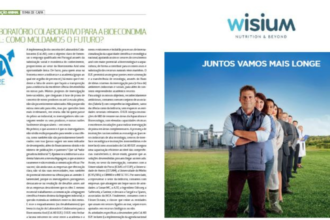Ricardo Calado | UAveiro | Questionnaire
What are the main outcomes of your work on blue bioeconomy?
In latest years I have been mostly working on innovative integrated multi-trophic aquaculture (IMTA) designs, testing different groups of marine invertebrates and macrophytes as extractive species. I have also been working on the fine tuning of molecular, biochemical, and geochemical tools to help verifying the geographic origin of seafood, both to fight fraudulent practices and illegal fishing, as well as a to add value to seafood through origin certification. My most recent challenge is to advance the state of the art on the production of small shrimp-like crustaceans (e.g., amphipods) that can biosynthetize omega-3 long chain polyunsaturated fatty acids, a key ingredient for the formulation of marine aquafeeds, when fed with plant food processing side streams; this will be a really nice way to bring further close blue and green food ecosystems.
A project on blue bioeconomy you participated in and that you are proud of
I would likely have to say project STEP, on which me and my colleagues from the University of Aveiro were able to bioremediate the effluent of a super-intensive fish farm by using nature-based solutions, namely the use of polychaetes (ragworms) and halophyte plants (sea purslane and sea asparagus). The results achieved were remarkable, both in terms of scientific outputs and benefits for the company promoting the project.
A course, an event, a meeting, a person who impacted and changed or reinforced your ideas/methods/working procedures – good practices
Prof. Wagner Valenti, a fellow of the World Aquaculture Society and senior research scientist at São Paulo State University, Brazil; one of the kindest persons I have ever met and someone who I am lucky enough to call a friend. His view on what sustainable aquaculture should be like really inspired me to pursue some of the research areas I am currently working on.
How do you imagine blue bioeconomy in 30 years? Forecast
This is a difficult one… maybe we will be eating tuna sashimi that has been 3-D printed using cells produced in a bioreactor instead of coming from a fish from the ocean or farmed in a cage? Three decades is a lot of time when we think on much blue biotechnology has advanced in only 10 years and how it is powering the blue bioeconomy.
The best about working with B2E
Having the opportunity to regularly interact with people with different backgrounds from my own working on blue-biobased businesses. Each conversation is always very enriching.
An idea to improve work with B2E
Promoting think-tanks on emerging issues on blue bioeconomy.
When you are not working, you are:
Spending time with my kids, watching movies and series and playing Clash Royale (my guilty pleasure…). I hope to re-start SCUBA diving soon and spend more and more time underwater.





